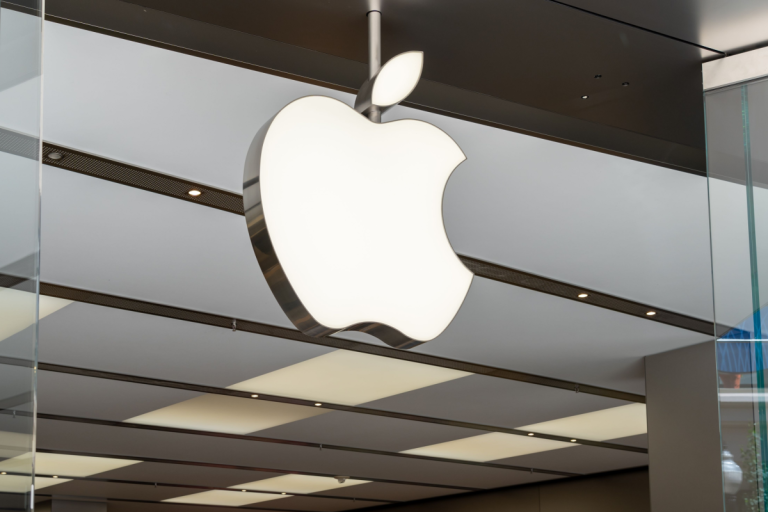Apple has confirmed that it will host its annual September event on September 9 at its Apple Park campus in Cupertino, California. The company is expected to unveil the iPhone 17 lineup, new Apple Watches, and possibly other devices. With the tagline “Awe dropping,” the event is considered Apple’s most significant moment of the year, as Wall Street and consumers assess whether the company can maintain its innovative edge in an increasingly AI-driven tech market.
iPhone 17 Expectations
Apple is widely expected to introduce a sleeker, “super slim” iPhone model described by analysts as the MacBook Air of smartphones. While more compact, the redesign may compromise battery life and camera performance. The refresh comes at a time when most consumers only upgrade out of necessity, and Apple hopes a bold new look will reinvigorate interest. Standard iPhone 17 models are expected to include processor upgrades and incremental camera and battery improvements, while Pro models will feature larger screens, more advanced cameras, titanium construction, and slightly more powerful processors.
Product Strategy Shifts
Past efforts to appeal to customers with size variations have had mixed success. The iPhone Mini was discontinued after two generations, and weak sales of the iPhone 16 Plus—just 5–10% of shipments in mid-2024—are expected to lead Apple to retire the model in 2025, according to analyst Ming-Chi Kuo. Instead, the company appears focused on design innovation and AI integration. Last year’s iPhone 16 was framed as being “built for Apple Intelligence,” a strategy Apple could continue to emphasize as rivals like Google expand their AI-powered devices.
AI and Market Pressure
The stakes are high following Apple’s delay of a major upgrade to its Siri digital assistant, which would have helped it catch up with competitors such as OpenAI’s ChatGPT and Google’s Gemini. Despite this, Apple’s July earnings showed resilient iPhone sales, reassuring investors. Wall Street will closely scrutinize the September announcements for signals on how Apple plans to position itself in the AI era.
Tariff Challenges and Production Shifts
The event also comes as Apple navigates complex trade challenges under U.S. tariffs. CEO Tim Cook recently warned that Apple expects to absorb $1.1 billion in tariff-related costs in the September quarter. To reduce reliance on China, Apple has shifted much of its U.S.-bound iPhone production to India, where smartphones are currently exempt from new 50% tariffs on imports. President Donald Trump has also suggested Apple will be shielded from upcoming 100% tariffs on semiconductors, given its $600 billion commitment to expanding U.S. operations and developing a domestic chip supply chain.
Apple’s September 9 showcase represents a critical moment for the company, balancing consumer expectations, investor scrutiny, and geopolitical pressures. The iPhone 17’s design refresh, paired with incremental upgrades and strategic positioning in AI, could help Apple reaffirm its leadership in the smartphone market while signaling resilience against tariff and trade headwinds.


